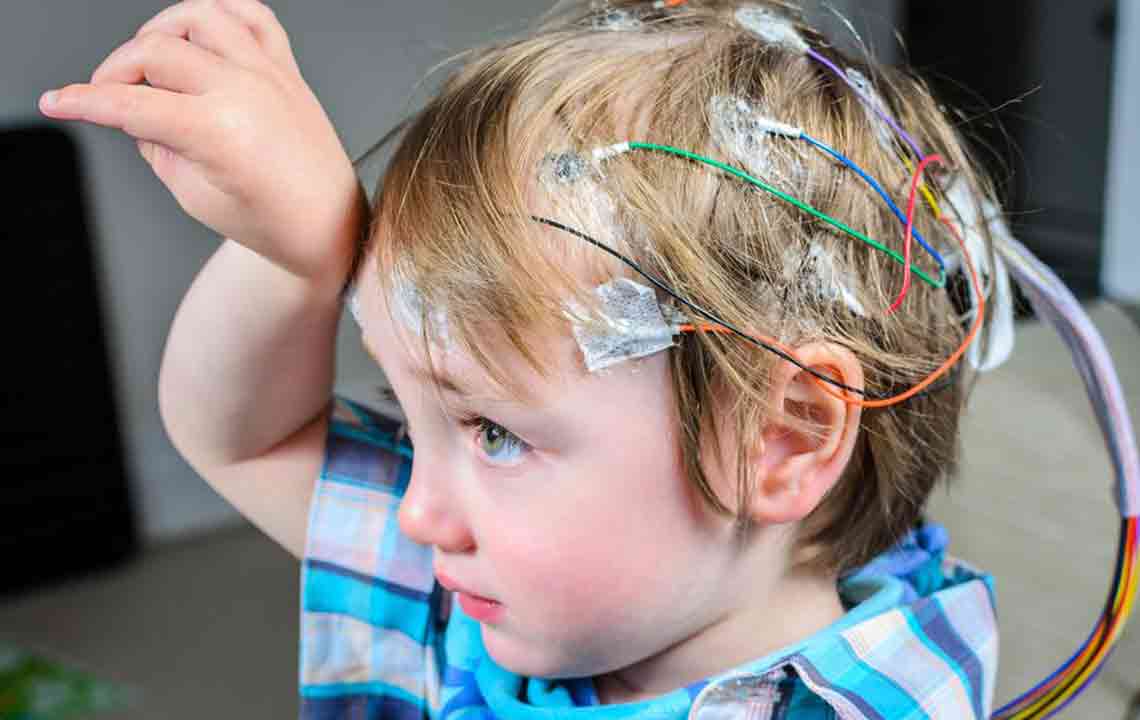Comprehensive Guide to Chronic Migraine: Causes, Symptoms, and Management Strategies
This comprehensive guide explores chronic migraine, detailing its causes, triggers, symptoms, and various management strategies. It emphasizes the importance of personalized treatment plans, lifestyle modifications, and medical interventions to improve quality of life for sufferers. Understanding the complex factors behind chronic migraines helps patients and healthcare providers develop effective coping and treatment methods, making it easier to manage this persistent neurological disorder effectively.

Comprehensive Guide to Chronic Migraine: Causes, Symptoms, and Management Strategies
Chronic migraine is a complex and often debilitating neurological disorder characterized by frequent, intense headaches that can significantly impair an individual's daily life and overall well-being. Unlike typical or episodic migraines, which tend to occur intermittently, chronic migraines persist for more days than not, affecting a large portion of the month and requiring thorough understanding and dedicated management. This comprehensive guide delves into the causes, symptoms, potential triggers, diagnosis, and various treatment options available for individuals suffering from chronic migraine, aiming to provide clarity and practical advice for better health management.
Chronic migraine is classified as a neurological disorder that manifests through persistent headaches occurring most days of the month. These headaches are often described as throbbing, pulsating, or pounding sensations that are heavily localized on one side of the head but can sometimes affect both sides. The severity of pain varies among individuals, but for many sufferers, it leads to decreased productivity, emotional distress, and a compromised quality of life. Understanding the underlying causes and triggers plays a crucial role in managing the condition effectively.
What Is Chronic Migraine? Definition and Distinguishing Features
To understand chronic migraine comprehensively, it is necessary to differentiate it from episodic migraine. According to the international headache classification, episodic migraines occur fewer than 15 days per month, whereas chronic migraines involve 15 or more headache days per month for at least three consecutive months, with at least 8 days being characterized by migraine features. This persistent pattern makes chronic migraines particularly challenging to treat and manage.
Causes and Underlying Factors Contributing to Chronic Migraine
The precise mechanisms behind chronic migraine are not fully understood, but researchers have identified several contributing factors. Genetic predisposition plays a significant role, with some individuals inheriting a tendency towards neurological sensitivity. Abnormalities in brain chemistry, such as imbalances in neurotransmitters like serotonin, are also linked to migraine development.
Blood flow irregularities and vascular issues in the brain can trigger or perpetuate these headaches. Additionally, neurological issues involving nerve signaling may contribute to the persistent nature of chronic migraines. Past head injuries or trauma are common risk factors, as they can induce changes in neuronal function or increase susceptibility to pain. Infections, such as meningitis, and the presence of brain tumors can also exert pressure or cause inflammation, resulting in ongoing headaches.
While the exact cause of chronic migraines remains elusive, the interplay of genetic, neurological, vascular, and environmental factors creates a complex picture that requires tailored intervention for effective relief. Identifying individual causes is essential for constructing an effective treatment plan, highlighting the importance of medical diagnosis.
Common Triggers and Lifestyle Factors That May Exacerbate Chronic Migraine
Understanding the triggers that set off or worsen migraines is critical for patients and healthcare providers. While triggers vary among individuals, some common factors include stress, hormonal changes, dietary influences, medication use, and environmental elements.
Stress: Emotional or mental stress activates neuropeptides such as calcitonin gene-related peptide (CGRP), leading to inflammation of cranial blood vessels and subsequent headache onset. Chronic stress can maintain a cycle of persistent pain if unmanaged.
Hormonal Fluctuations: Women frequently experience migraines related to hormonal shifts during menstruation, pregnancy, or menopause. These fluctuations influence neurotransmitter activity and vascular tone, triggering migraines.
Caffeine and Dietary Factors: While caffeine can sometimes provide relief, excessive or withdrawal use can both provoke migraines. Certain foods containing tyramine, monosodium glutamate (MSG), or artificial additives might also act as triggers.
Medications: Some medications, especially vasodilators or those impacting serotonin levels, may worsen migraine symptoms.
Environmental Factors: Bright lights, loud noises, strong odors, and weather changes are common environmental triggers.
Additional Risks and Factors Such as Injuries and Medical Conditions
Injuries, particularly head or neck trauma, can initiate or worsen chronic migraines by damaging neural pathways or altering intracranial pressure. Infections like meningitis can lead to inflammation and persistent headaches. Furthermore, brain tumors, although less common, can cause ongoing pain due to tissue compression or increased intracranial pressure. Recognizing these serious underlying conditions requires prompt medical evaluation.
Diagnosis and When to Seek Medical Help
Diagnosing chronic migraine involves a thorough clinical history, neurological examination, and exclusion of other causes through imaging studies such as MRI or CT scans when necessary. If headaches are severe, frequent, or resistant to over-the-counter medications, consulting a healthcare professional is crucial. Early diagnosis and tailored treatment can mitigate progression and improve quality of life.
Management and Treatment Options for Chronic Migraine
Effective management of chronic migraine combines lifestyle modifications, pharmacological treatments, and alternative therapies. Preventive medications, such as beta-blockers, anticonvulsants, or CGRP inhibitors, aim to reduce headache frequency and severity. Acute pain relief options include triptans and NSAIDs, used judiciously to avoid medication overuse headaches.
Non-pharmacological approaches—such as cognitive-behavioral therapy, biofeedback, acupuncture, and relaxation techniques—are valuable adjuncts. Maintaining a regular sleep schedule, stress management, and avoiding known triggers can significantly reduce attack frequency and impact. Patients should work closely with healthcare providers to develop personalized plans and adjust treatments as needed.
Living with Chronic Migraine: Tips for Quality of Life
Managing a chronic condition requires a comprehensive approach that includes education, support, and self-care. Keeping a headache diary helps identify triggers and patterns. Staying well-hydrated, eating balanced meals, engaging in regular physical activity, and ensuring sufficient sleep are foundational practices. Support groups and counseling can also provide emotional resilience and practical advice for coping with daily challenges.
Conclusion
Chronic migraine is a serious health condition that demands ongoing attention and individualized treatment strategies. Understanding its causes, triggers, and management options empowers sufferers to take control of their condition, reduce attack frequency, and improve their quality of life. If you experience persistent or severe headaches, seek professional medical advice promptly to explore appropriate diagnostic and therapeutic options. With proper care and lifestyle adjustments, many individuals can lead fulfilling lives despite the challenges of chronic migraine.




